The competitive landscape of the Europe Oil Well Cement Market is shaped by a blend of established players and emerging companies that strive to secure their positions in a steadily evolving industry. The market is characterized by increasing demand for oil and gas exploration activities, necessitating durable and reliable cement solutions tailored for well construction and maintenance. Notably, the competitive dynamics are driven by factors such as technological innovations, product customization, regulatory compliance, and sustainability initiatives which are becoming increasingly significant in influencing consumer preferences.
The need for enhanced performance and environmental considerations is prompting manufacturers to adopt more advanced materials and design processes to meet industry standards, thereby intensifying competition among key market players.
In the Europe Oil Well Cement Market, CRH stands out as a formidable participant due to its robust operational capabilities and extensive product line. The company has forged a strong presence in the region, leveraging its comprehensive distribution network and technical expertise to cater effectively to the specific needs of customers in various drilling applications. With a commitment to quality and reliability, CRH has established a reputation for producing high-performance cement tailored for oil well applications, thereby securing significant contracts with major oil and gas companies.
Its strategic focus on innovation and investment in research and development positions CRH advantageously, enabling the company to introduce cutting-edge cement products that meet evolving industry demands while maintaining consistent operational efficiency. BASF has also made significant inroads into the Europe Oil Well Cement Market with a comprehensive portfolio that includes specialized cement additives designed to enhance the performance and durability of oil well cement.
The company’s strong commitment to sustainability and ensuring compliance with local regulations has solidified its reputation in the region. With a focus on innovation, BASF has continuously refined its product offerings, launching several key products that cater specifically to the challenges faced in oil and gas drilling. The company's market presence is augmented by its strategic mergers and acquisitions, which have enabled BASF to strengthen its distribution channels and expand its product capabilities in response to market demands.
Overall, BASF’s strengths lie in its advanced research capabilities, customer-centric approach, and efficient supply chain management, positioning it as a key player in the evolving landscape of the Europe Oil Well Cement Market.


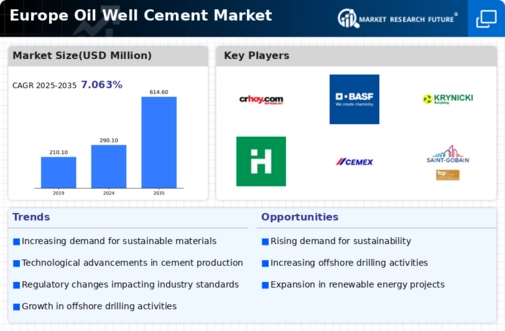
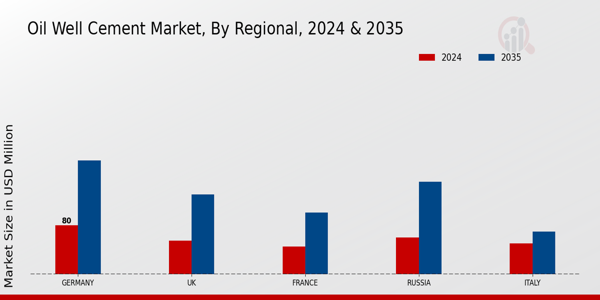

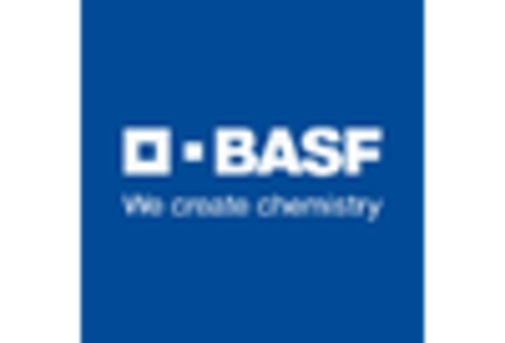

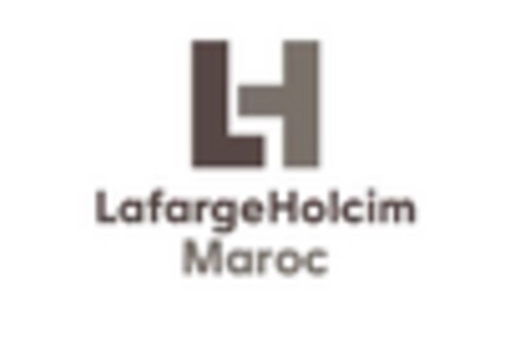



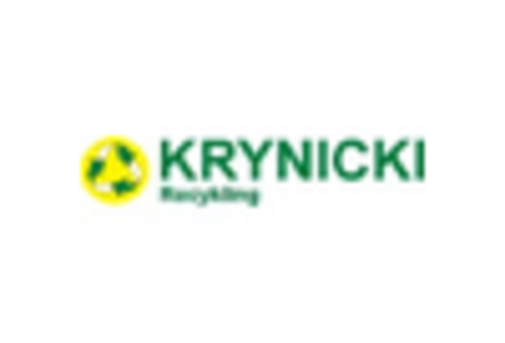

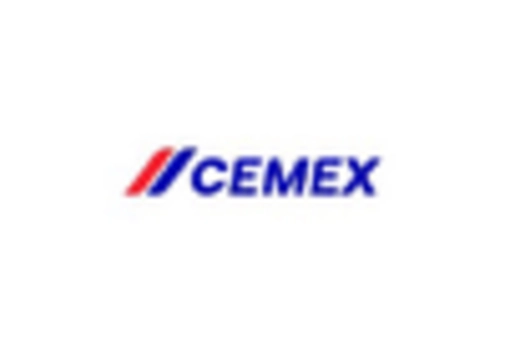










Leave a Comment